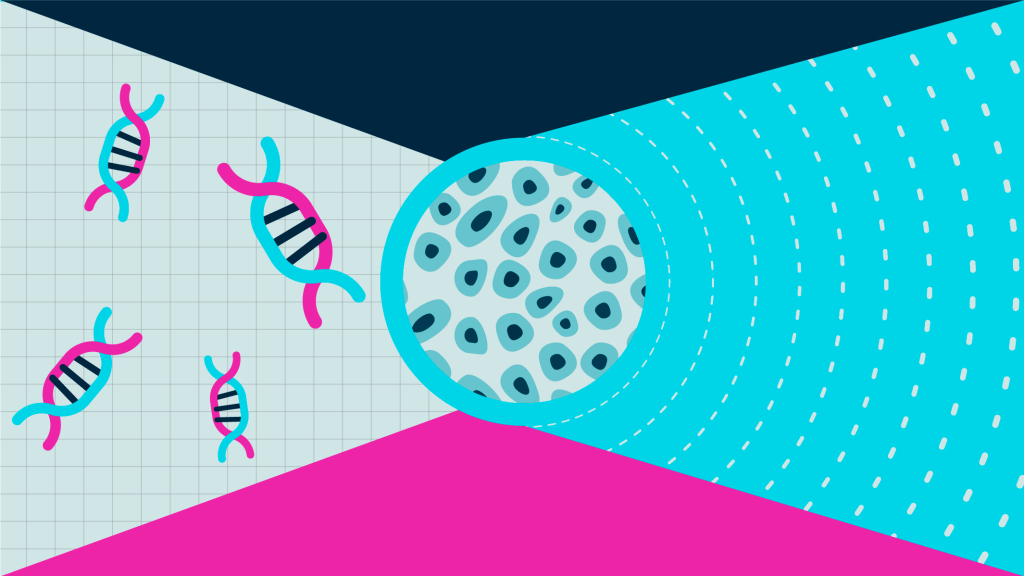Treatment with stem cells did not cause any side effects and the pain relief was long lasting.
At stem cells and its many benefits are a topic that is always on the rise in the scientific world. Over the decade of 2010, many studies have emerged suggesting advances in several areas. With so many bets, the results start to appear in the same proportion. The new achievement? A successful treatment for chronic pain has been successfully performed in Australia based on stem cells.
To this end, researchers from Sydney University used human stem cells to produce analgesic neurons that provide long-lasting relief in rats, without side effects, in a single treatment. The next step is to conduct extensive safety tests on rodents and pigs and then move on to human patients suffering from chronic pain for the next five years.
 If research with stem cells for pain is successful in humans, it can be a major breakthrough in the development of new pain management strategies
If research with stem cells for pain is successful in humans, it can be a major breakthrough in the development of new pain management strategiesAccording to the researchers, if the tests are successful in humans, it can be a major breakthrough in the development of new pain management strategies, both opioid and non-addictive for patients.
"Nerve damage can lead to devastating neuropathic pain and for most patients there are no effective therapies," said University of Sydney associate professor Greg Neely, a leader in pain research at the Charles Perkins Center and School of Science. Environmental and Life Sciences. a press release announcing the results of the survey. "This advance means that, for some of these patients, we can have transplants to kill the pain from their own cells, and the cells can then reverse the underlying cause of the pain."
Stem cells to remove pain
 Shinya Yamanaka was the winner of the Nobel Prize for Medicine in 2012 thanks to his research with iPSC
Shinya Yamanaka was the winner of the Nobel Prize for Medicine in 2012 thanks to his research with iPSCPublished in the academic journal of medicine Pain, the team found that human-induced pluripotent stem cells (iPSC) derived from bone marrow were used to produce analgesic cells in the laboratory and place them in the spinal cord of rats with severe neuropathic pain. The development of the iPSC won the Nobel Prize in 2012.
The research team is conducting extensive safety tests on rodents and pigs and then testing with humans suffering from chronic pain. Human testing can begin within the next five years. The idea with treatment is to reach the parts of the body where pain is present, which decreases the chances of side effects.
For John Manion, a Ph.D student and lead author of the study, confirms with the researchers' enthusiasm for the long-term success of the result: . This means that our approach may have fewer side effects ”.
 Stem cell neurons promoted long-lasting pain relief without side effects
Stem cell neurons promoted long-lasting pain relief without side effects"Notably, stem cell neurons have promoted lasting pain relief without side effects," said senior co-author Dr. Leslie Caron. “This means that transplantation therapy can be an effective and long-lasting treatment for neuropathic pain. very exciting".
The stem cells used in the treatment were derived from blood samples from adults. The solution is also aimed at The total cost of chronic pain in Australia in 2018 was estimated at 139.3 billion dollars.
Source: Interesting Engineering
